
All About Iris: Everything You Wanted to Know, and More!
From the majestic Iris germanica to the delicate Iris ensata, the diversity of irises never fails to inspire awe and admiration. Whether gracing a garden border, pondside, or floral bouquet, irises captivate us with their beauty and grace. Known for their striking blooms and elegant structure, irises are cherished by gardeners, flower enthusiasts, and florists. For those who share their garden spaces with deer, good news is all Iris are deer resistant. There are many types of irises with diverse forms and their own identities.
Table of Contents
Iris Germanica (German Bearded Iris)
Iris germanica features huge blooms in an array of colours. Perhaps the most well-known type of iris, the bearded iris gets its name from the fuzzy beard that runs along the center of its falls. Available in a wide range of colours, from deep purple to sunny yellow, bearded irises are a popular choice for gardeners looking to add a splash of colour to their landscape. Look for varieties with fragrant blooms too – the scents range from grape soda to orange blossom to root beer. They feature sword-like foliage that lasts from spring through late autumn. Iris germanica love a full to part sun area and typically grows to from 60 to 120 cm (2-4’) tall. While the blooming season is from late spring to early summer, May to June, and lasts approximately 3 weeks, some varieties are reblooming and will be enjoyed into the fall months. Bearded iris prefer full to part sun, and are hardy to zone 3. Want to learn more about Deer Resistant Perennials?
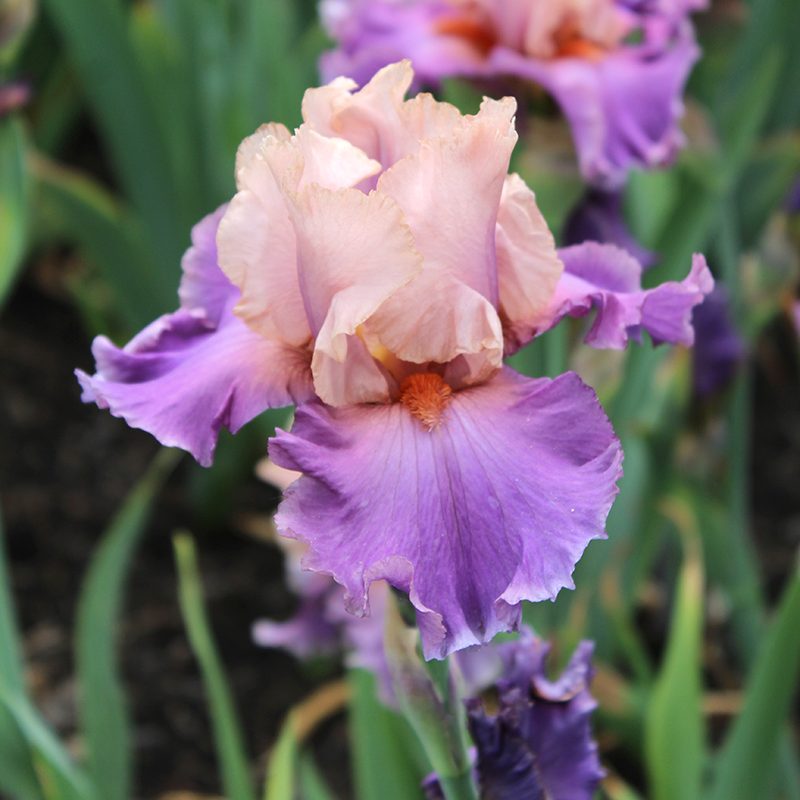
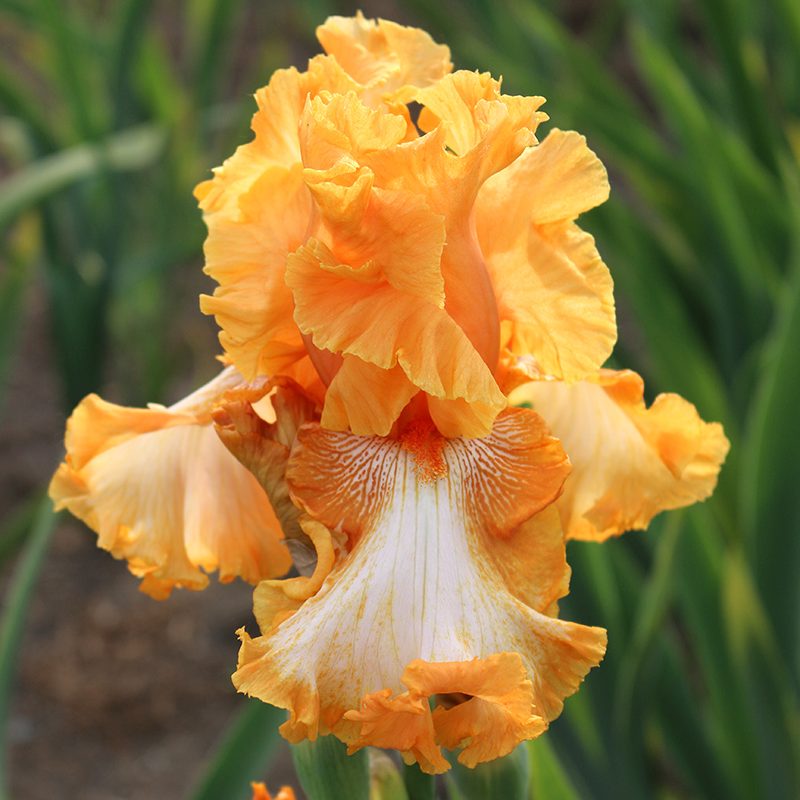
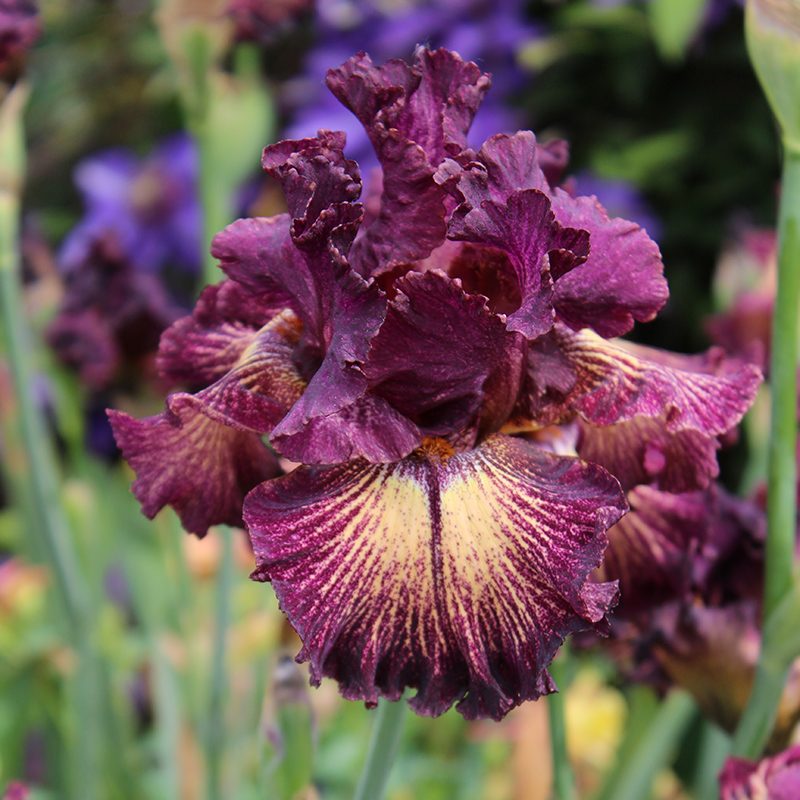
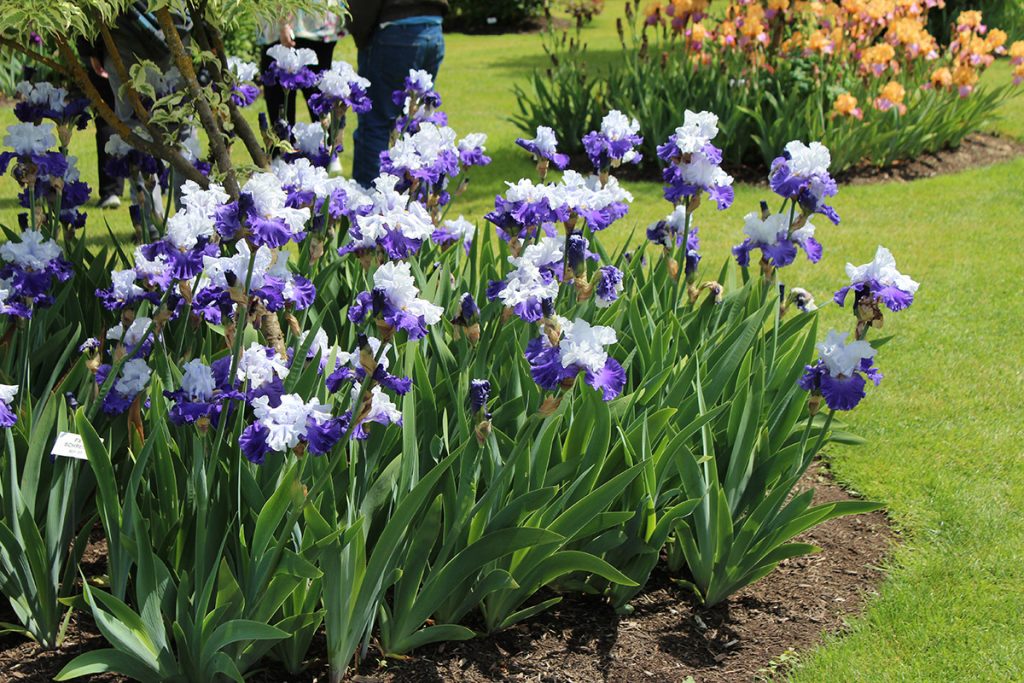
Iris Pallida (Dalmation Iris)
Iris pallida are distinctive cultivars of iris with boldly variegated foliage and highly fragrant blooms. The sword-shaped leaves thickly edged in white or yellow grow to a height of 70 cm (28”) and are stunning from spring through fall. In mid-spring the super fragrant grape soda scented, blue blooms appear. What a stunning combination to be enjoyed by all the senses. Growing in clumps like the germanica forms the pallida types enjoy a full to part shade area and thrive in well draining soils. Hardy to zone 3.
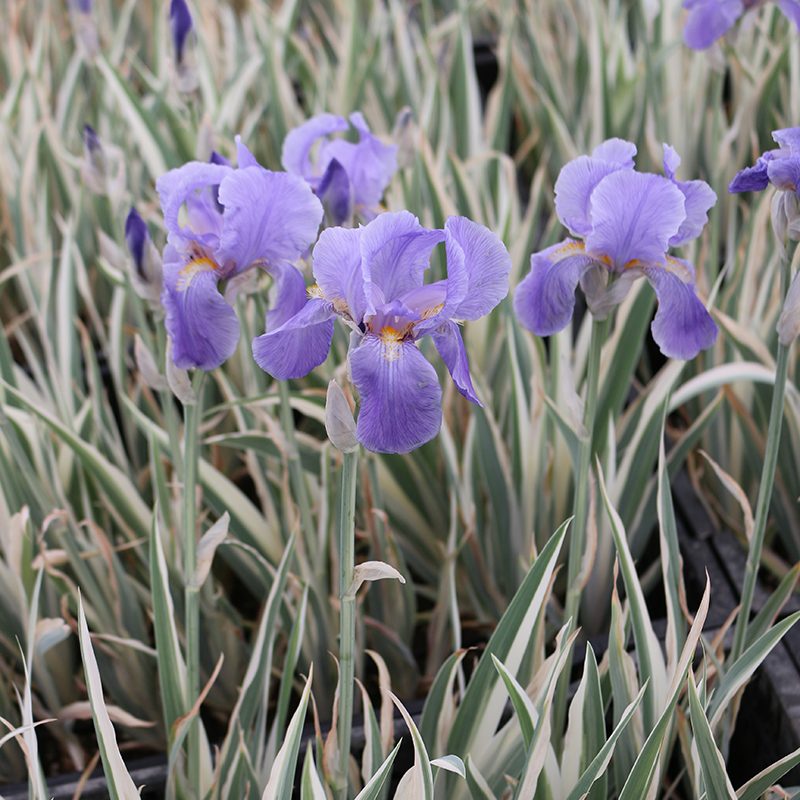
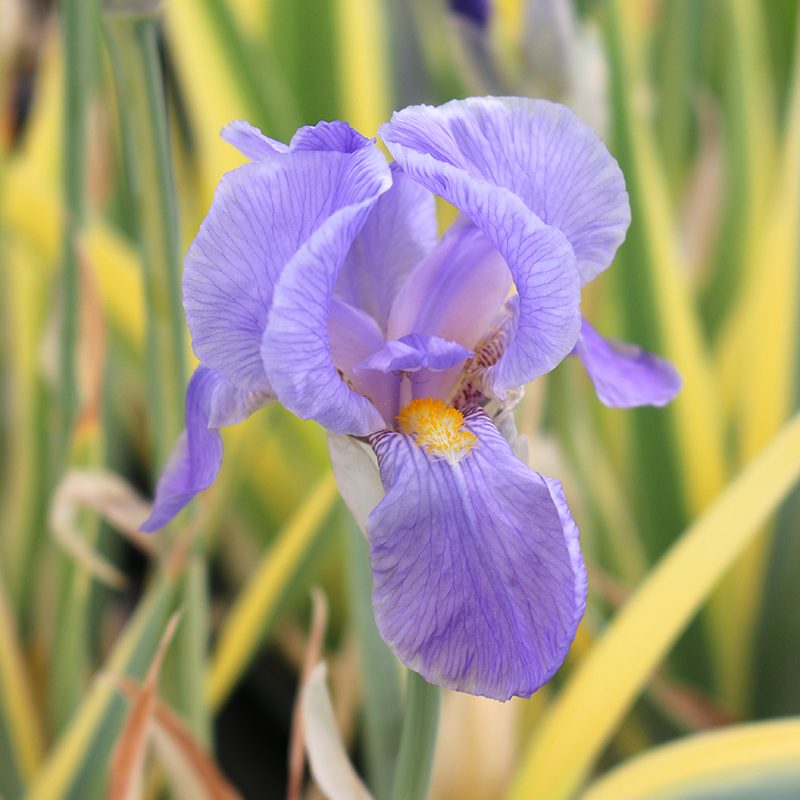
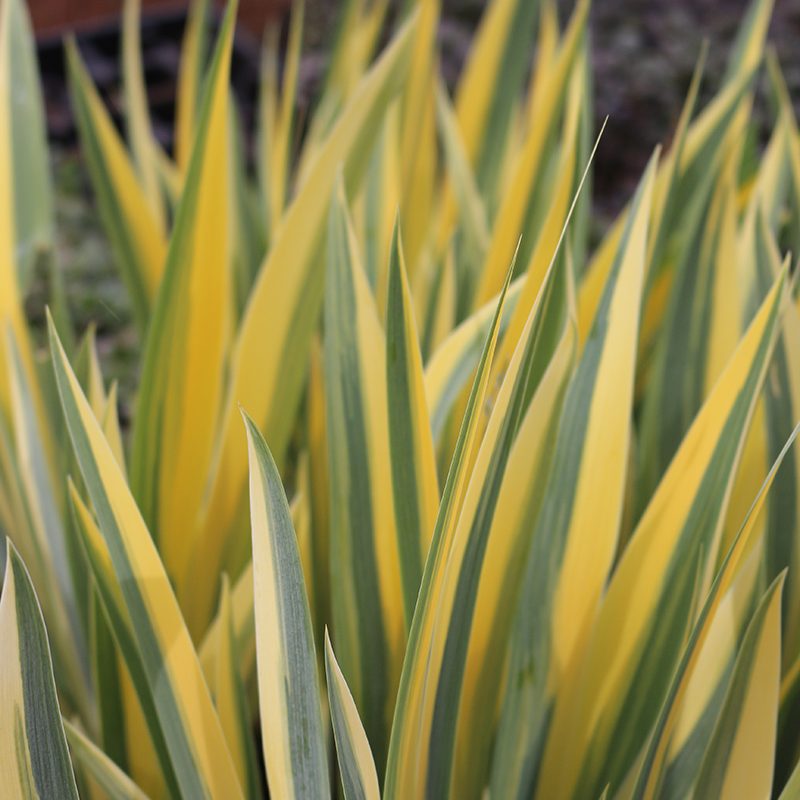
Iris pumila (Dwarf Bearded Iris)
Iris pumila is a miniature version of the bearded iris. They have similar flowers to the tall, bearded iris germanica. These petite plants grow to a heights of 25-40 cm (10-16”) making them ideal for edging and rock gardens. Blooming from April to May, dwarf bearded iris enjoys a full to part sun locations, and are hardy to zone 2. They are perfect for planting in mixed borders and containers!
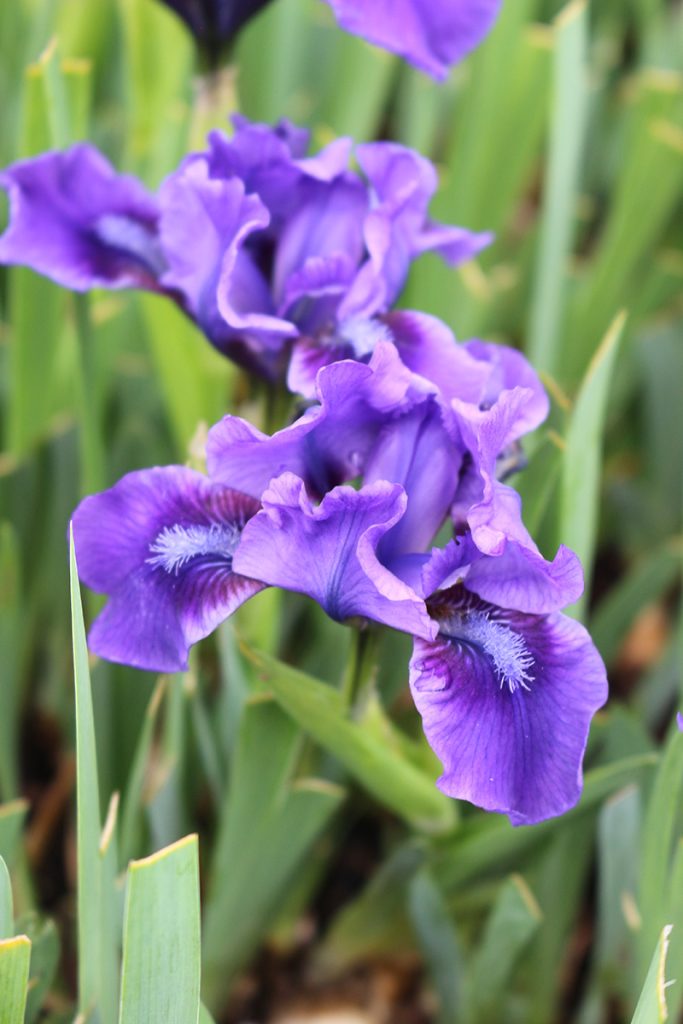
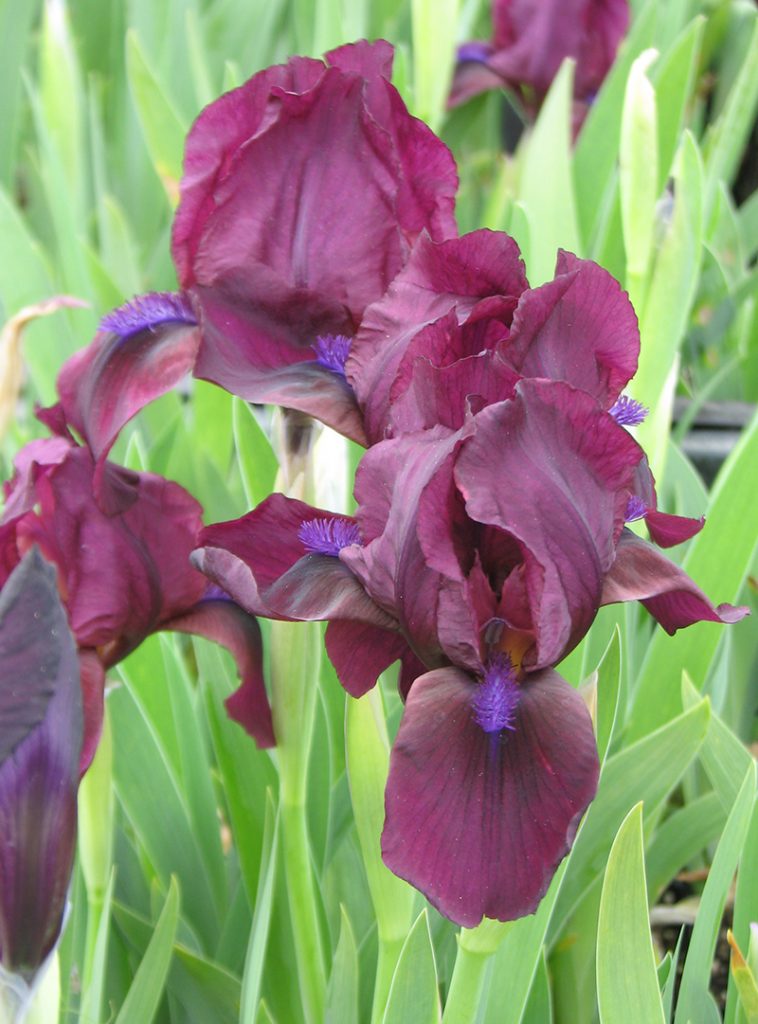
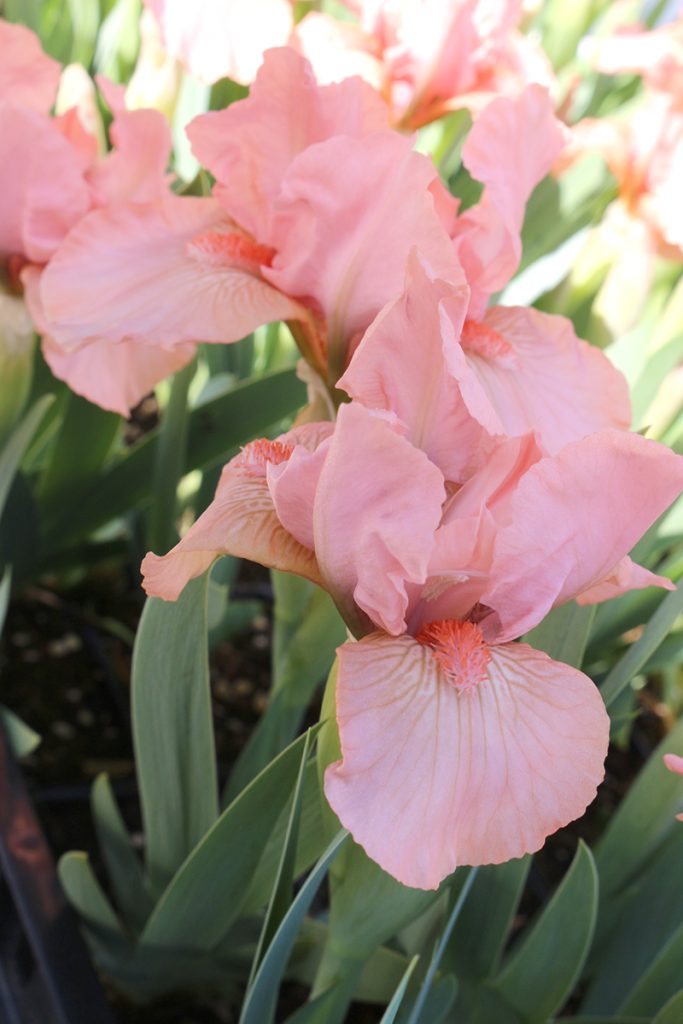
Iris Siberica (Siberian Iris)
Characterized by its slender, grass-like leaves and dainty flowers, the Siberian Iris is a graceful addition to the garden. Unlike the bearded iris, Siberian irises lack a distinctive fuzzy beard on the falls. Appreciate these unique single and double-blooming perennials in a full range of colours from magenta to navy to yellow and white. These easy-to-grow plants have a sturdy and upright shape, and form clumps of grassy foliage with an early summer display of butterfly-like flowers! Siberian iris bloom in June and July in full to part sun locations. Growing to heights from 50-90 cm (20-36”), they are great for cut flowers and planting in mixed borders, waterside, or in containers. Hardy to zone 3.
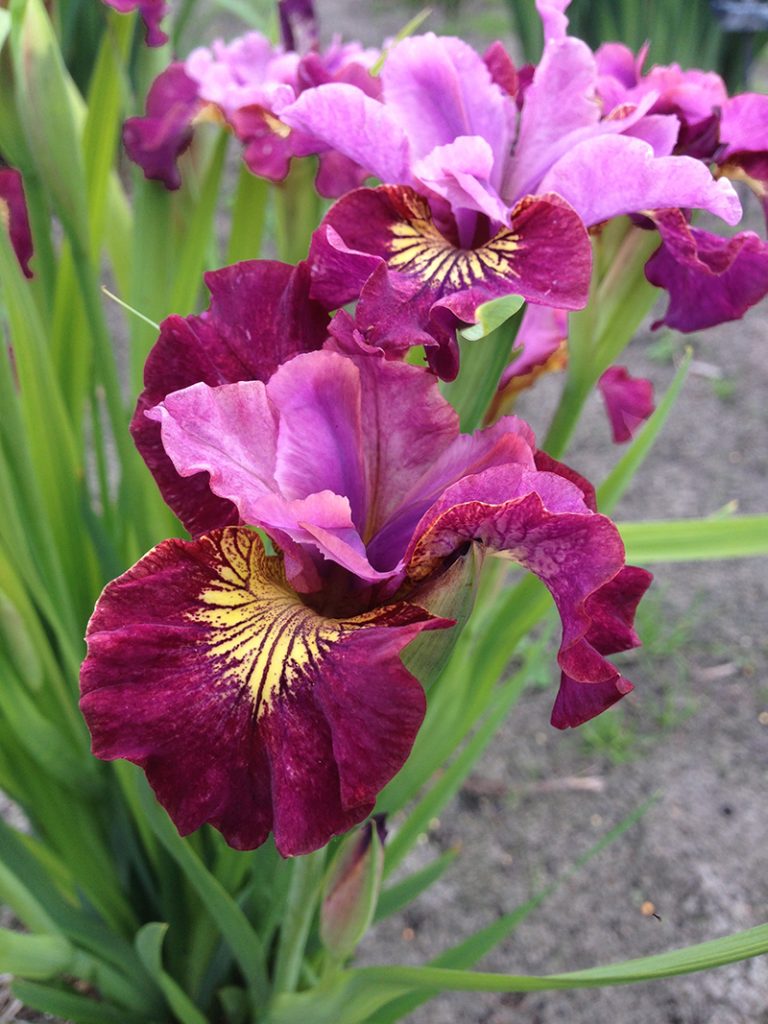

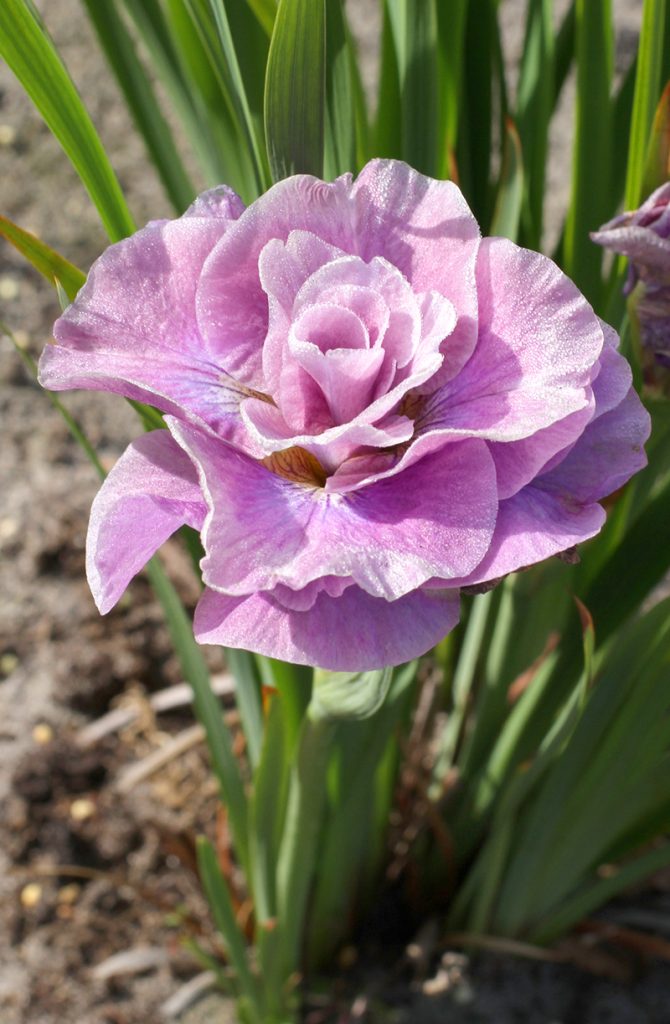
Iris ensata (Japanese Iris)
Known for their large, showy blooms and bold colours, Japanese irises are a stunning sight to behold. These beardless irises add drama and flair to any garden. The grow from 60-90 cm (24-36”) tall, with large stunning blooms of 20-25cm. Available in a vast array of colours, often with intricate designs. Japanese Irises come in single, double bloom forms and flower from May through July. Plant them in full to part sun in waterside areas as they prefer moist acidic soils. Hardy to zone 4.
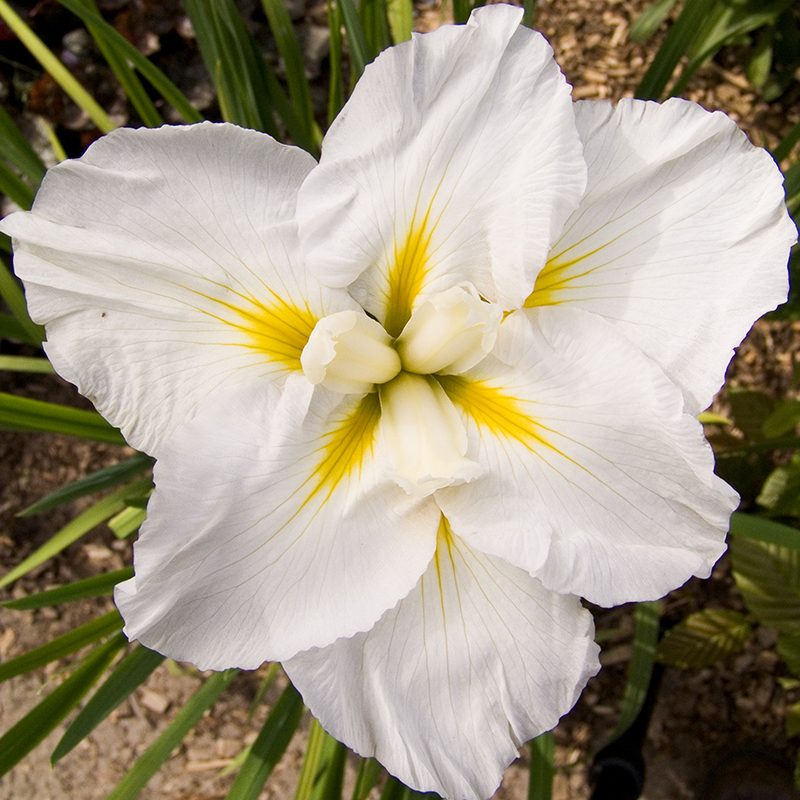
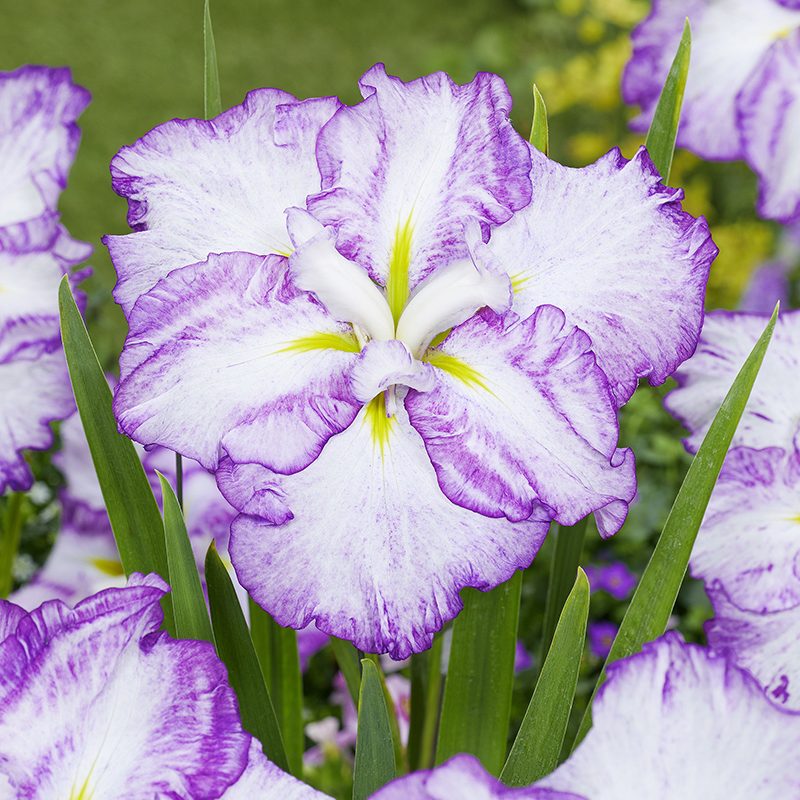
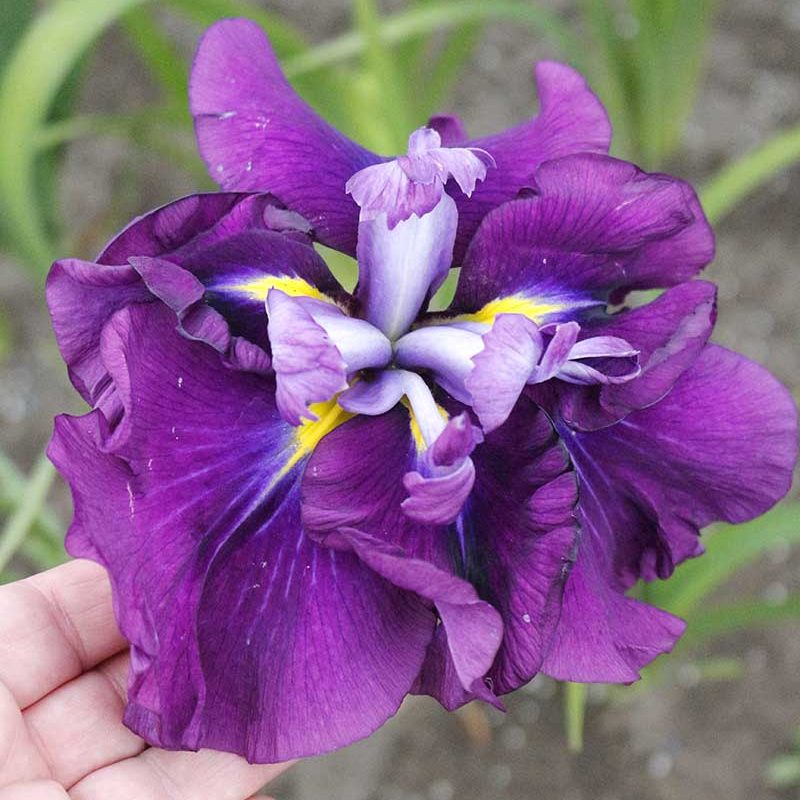
Iris Hollandica – Dutch Iris
With its tall, slender stems and elegant flowers, the Dutch Iris, also known as Iris Hollandica, are a classic favourite among gardeners. Available in shades of blue, purple, red, white, and yellow, Dutch irises are versatile and easy to grow. Blooming in spring, these are a must to have on your fall planting list. Unlike other irises which grow from rhizomes, Dutch Irises grow from bulbs and are planted in the fall, before the first frost. When planting your Dutch iris, choose a full sun-to-shade location that has well-draining soil. There are many ways to use Dutch Iris in your garden. They are a wonderful naturalizing flower. Iris looks amazing in almost every location! You can’t get it wrong when it comes to beauty like this. Try planting this deer-resistant variety in containers. You will be graced by stunning blooms in late spring. Florists adore Iris Hollandica, due to their 55 cm (22”) tall straight stems and long-lasting life. So, make sure to plant enough for your cut flower spring bouquets!

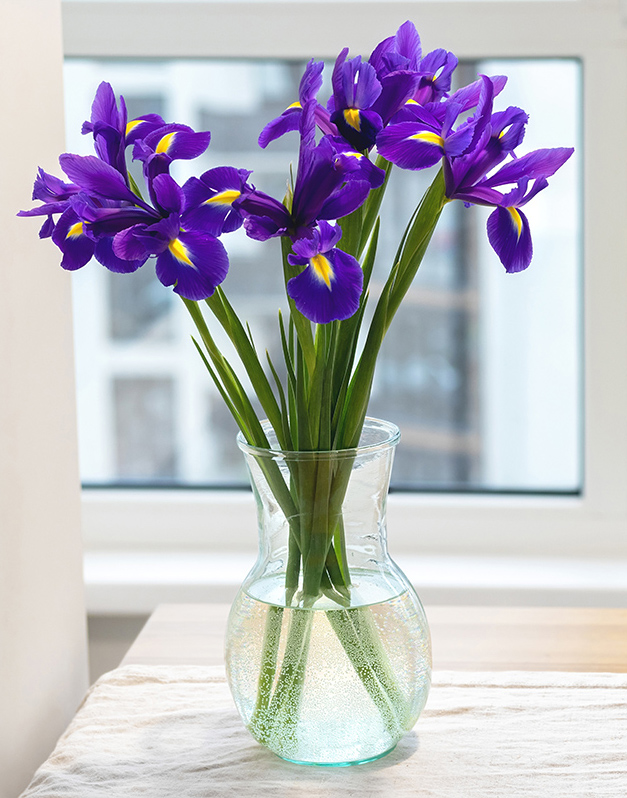

Iris reticulata – Dwarf Iris
Iris reticulata are petite and charming garden additions. Similar to the Iris hollandica types, these winter hardy bulbs are planted in fall and then once the snow has passed in late winter to early spring you will be heralded with beautiful petite blooms. These deer-resistant delights can handle any late-season frost and snow and bloom for weeks. Remember to allow the spikes of foliage to continure to grow afte the blooms have finished. Once the foliage has turned yellow you can then trim it to soil level and they will be dormant all summer. Growing to 15 cm (6”) tall, these early blooms are perfect for containers and as edging plants. Hardy to zone 5.

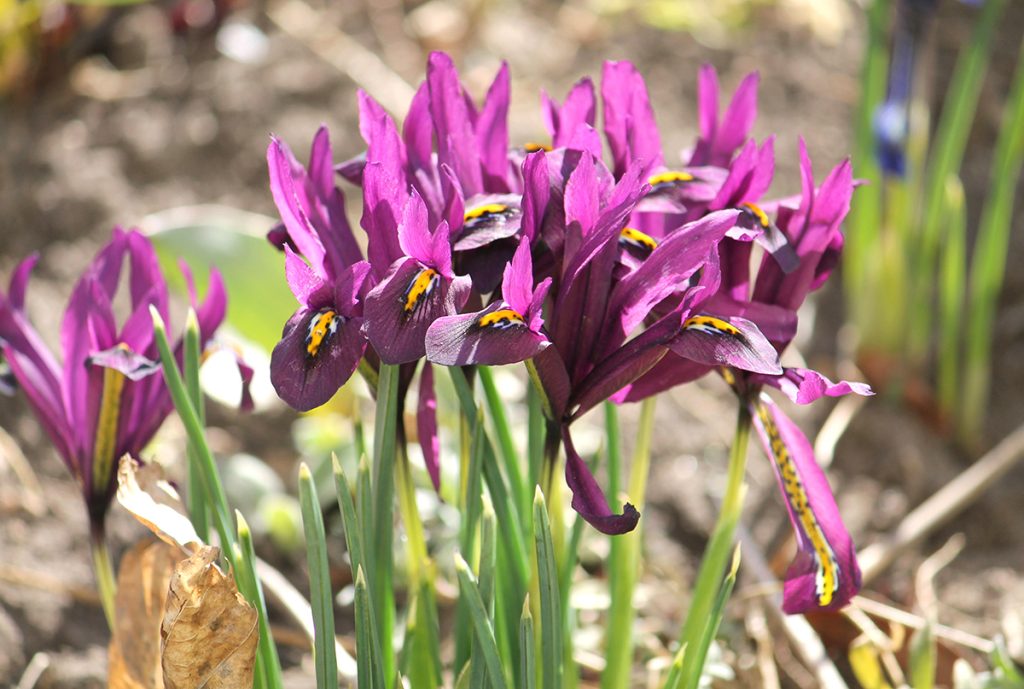
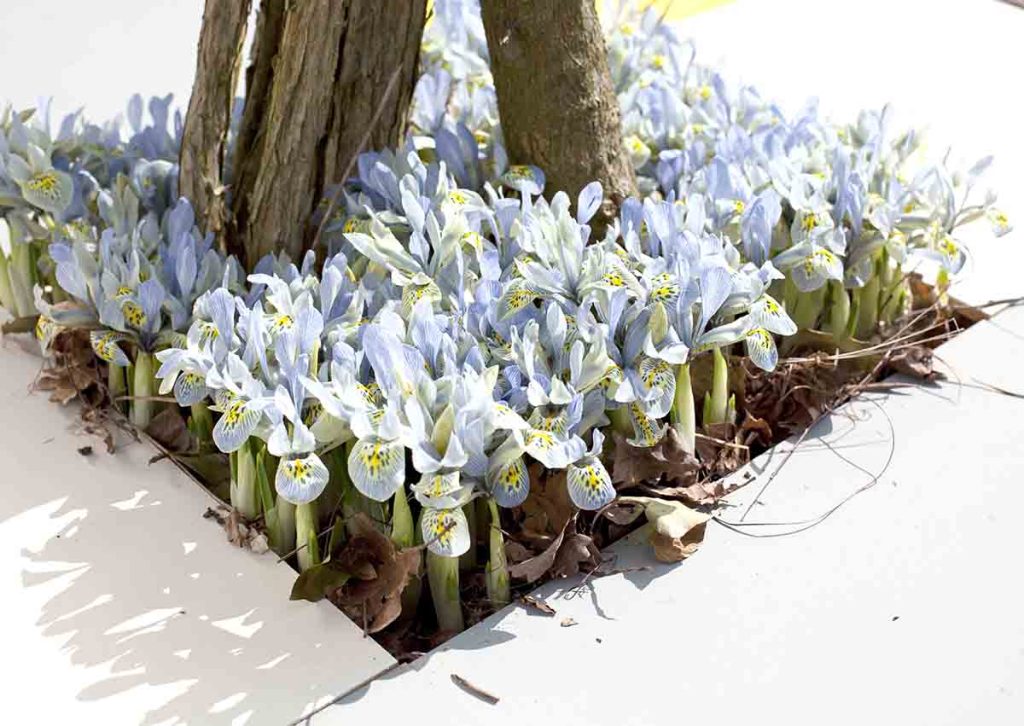
Planting and Growing Irises
While irises are relatively low-maintenance plants, there are a few key considerations to keep in mind when planting and growing them.
First and foremost, irises thrive in well-drained soil and plenty of sunlight. When selecting a location for your irises, choose a spot that receives at least six hours of sunlight per day and has good drainage to prevent waterlogged soil. The only exception is Iris ensata, that once they are established and growing for the season, you can place them pondside.
When planting iris rhizomes, dig a hole that is large enough to accommodate the thick, fleshy root, and position it so that the top is just at or slightly above the soil surface. Be sure to space your irises at least 30 – 60 cm (12-24”) apart to allow for adequate air circulation.
Once planted, water your irises thoroughly and keep the soil consistently moist, but not waterlogged. During the growing season, fertilize your irises with a balanced fertilizer to promote healthy growth and vibrant blooms.
For fall-planted iris bulbs, Iris Hollandica, plant your bulb 5-8 cm (2-3”) below the surface of the soil, and 8 cm (3”) apart. These naturalizing bulbs will reappear each spring.Read more about Caring for Spring Flowering Bulbs After They Bloom on our blog.
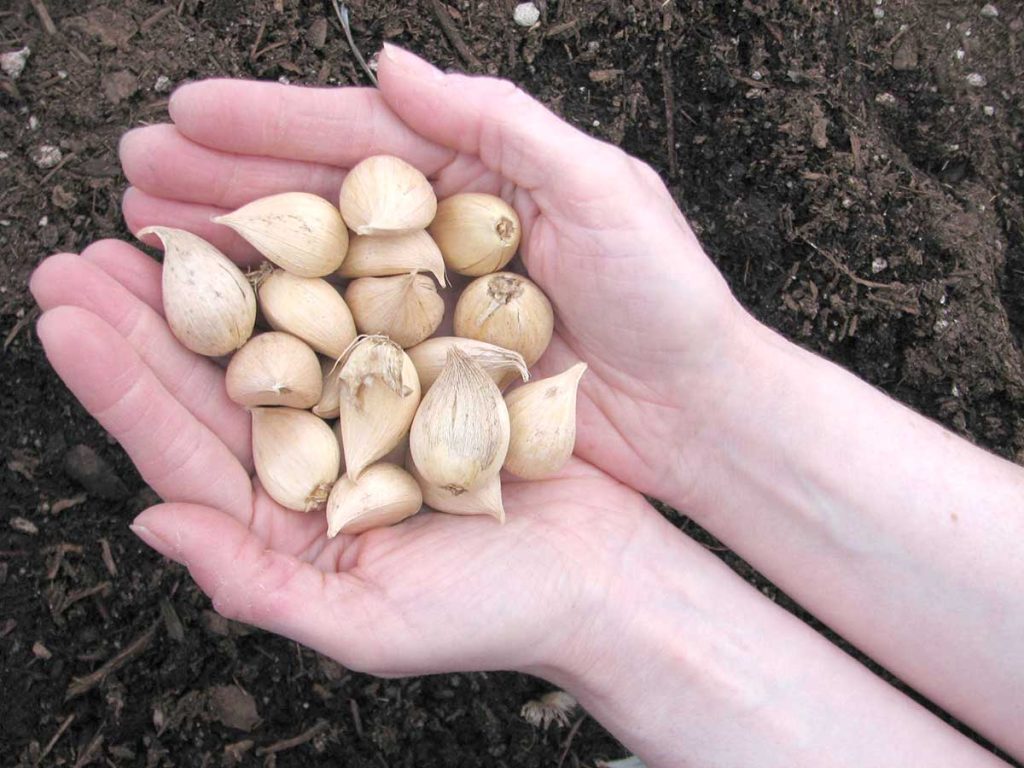

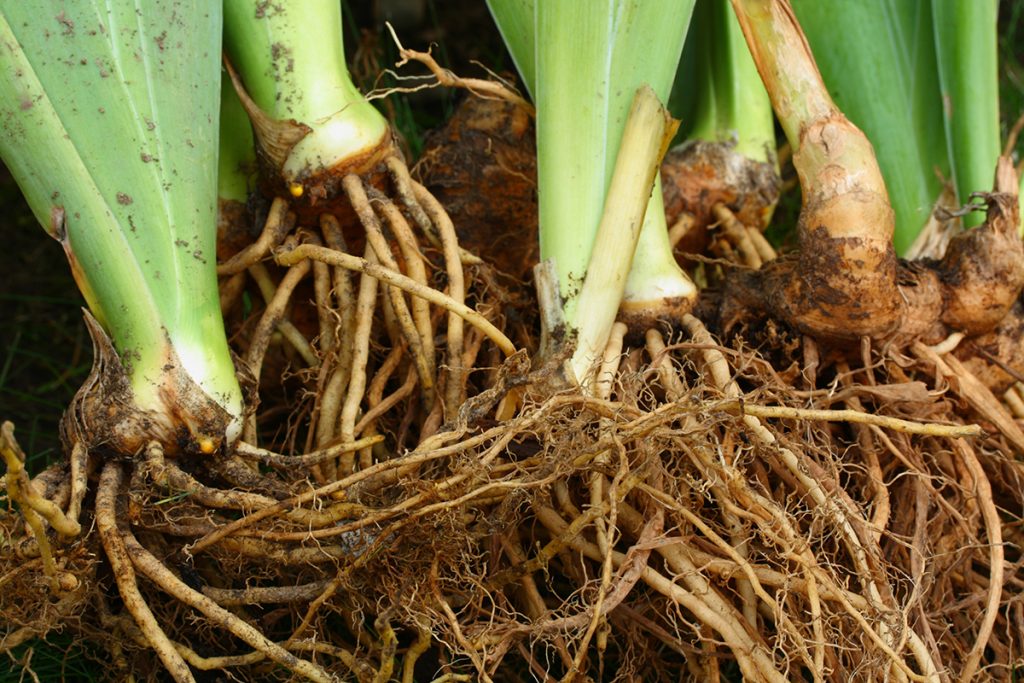
Seasonal Care
In terms of maintenance, irises require minimal care once established. Remove any dead or yellowing foliage to promote airflow and prevent disease. Divide overcrowded clumps every few years to encourage vigorous growth. Keep in mind with rhizome types (germanica, pumila, and pallida) the new growth is where the flowers will happen and this will be at the tips of the root. So when you are dividing, the older network of rhizomes you see can be composted.
Iris is a gem of the garden, loved by gardeners for their beauty and versatility. Whether you’re a seasoned gardener or a novice enthusiast, adding irises to your landscape is sure to bring joy and delight. With their stunning blooms and easy-going nature, irises are a must-have for any garden lover.
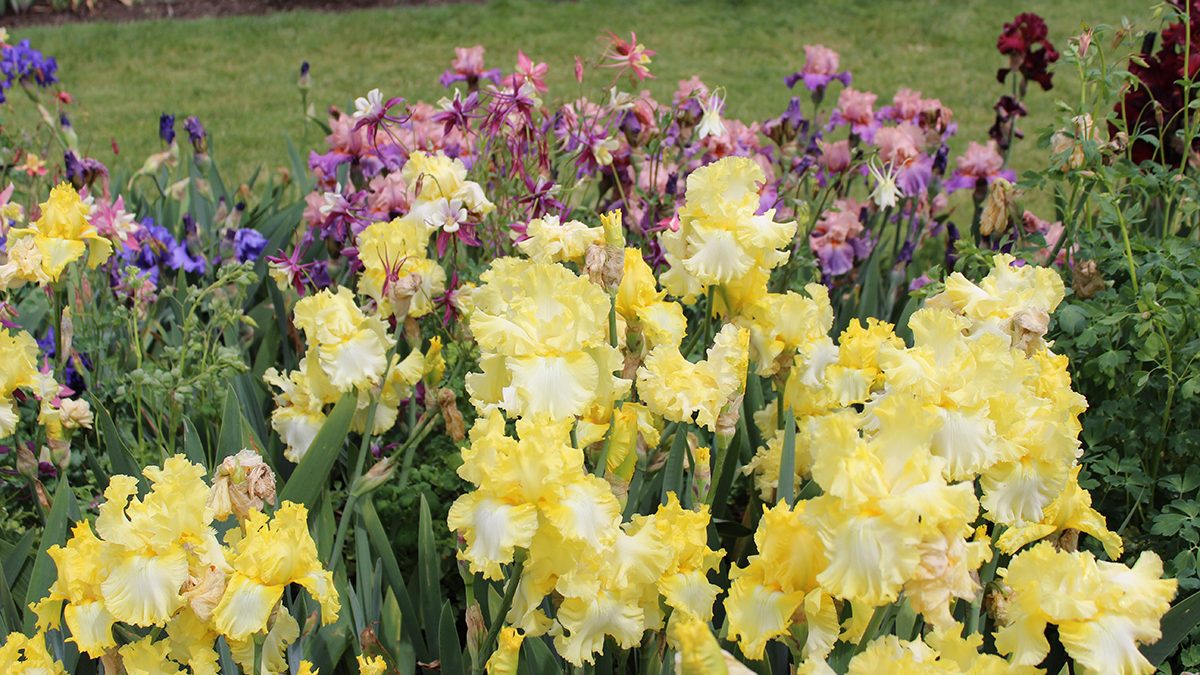
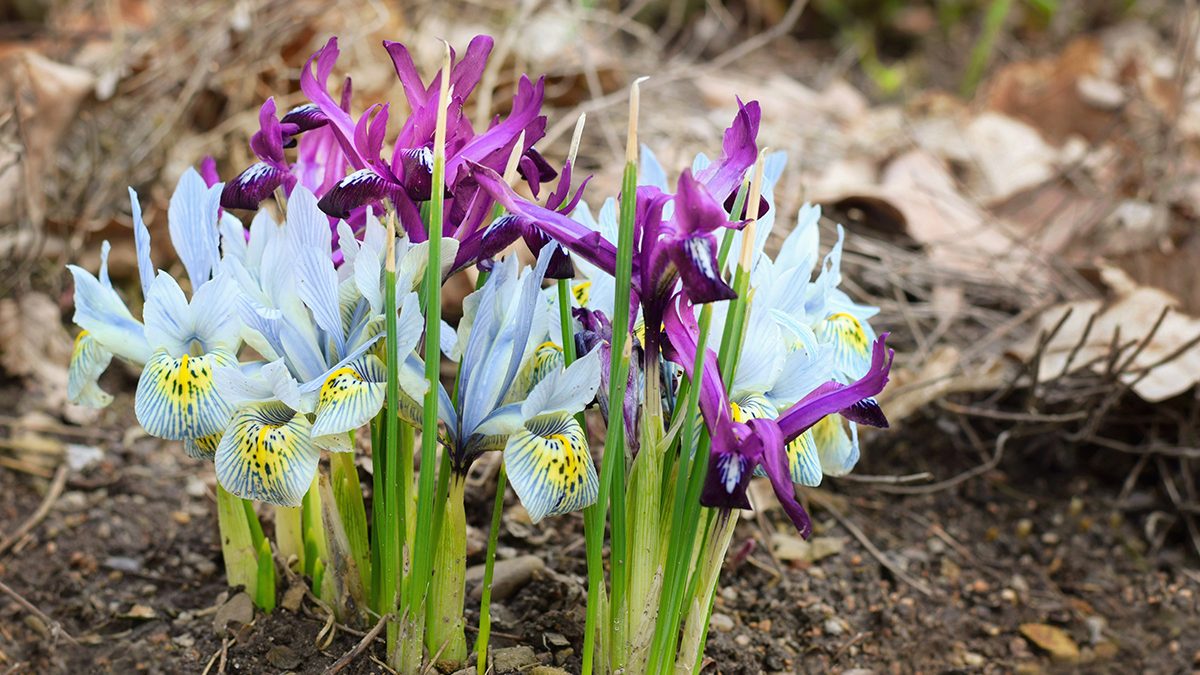



Lilian Rushmer
When should they be cut down after flowering?
Florissa
Hi Lilian, they can be cut back as soon as the flowers have faded. Cut back the flower stalk at the base where it meets the rhizome.